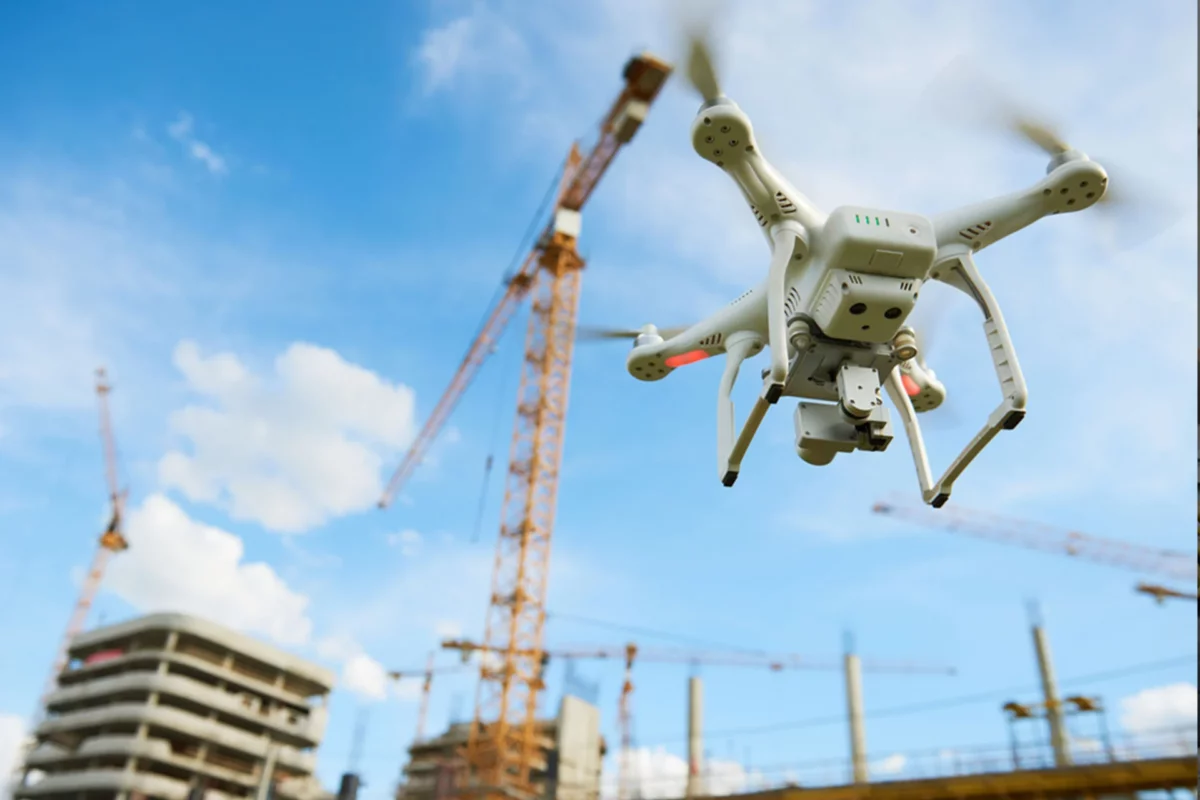New Construction Technology Trends You Need to Know About

The new definition of the hands-on trade includes a mobile device in those hands. If you aren’t informed of the various technology out there for the construction industry… are you losing money?
Construction industry professionals recognize that technology will play an important part in their future but many resist investing time and money into it. Others only use technology intermittently without really investing in what’s best for them.
While there are hundreds of technology based things that could help construction industry professionals, understanding the most significant devices and applications that are currently available and realizing how those technologies are already working together will improve project outcomes and can see immediate savings they can gain by upgrading.
Construction Software continually evolving
Much can get lost in translation and project schedules sometimes slip due to a lack of accurate and timely delivery of project information. Managers have no real-time view of projects and are unable to make timely decisions, which can result in delays and higher-than-expected costs.
By centralizing project data and strengthening field-to-office communications, project management software for the construction industry is now designed to help supervisors and managers deliver more projects on time and on budget.
Construction software automates many project management tasks and by properly leveraging the power of construction software, teams can cut their document creation, distribution and monitoring time, saving money and time.
Designed to increase productivity and keep everything on schedule, today’s construction technology is proving an invaluable resource to construction companies to monitor progress and keep all members of the project fully informed, in real time, of actual progress versus scheduled goals. Software that is available to employees will ensure that they are working off of the latest plans.
Mobile Devices and Apps
The most widely used of all technologies are mobile devices, allowing workers to access, document, share and edit important project information even while on the job site.
Access to real time project development and shortfalls in building supplies can be highlighted immediately and with apps like Go-For, those problems can be dealt with immediately with the ability to build materials list and have on-demand delivery so projects can continue.
Drones
The use of drones to go where no humans and heavy machinery can go has changed the construction industry, specifically in surveying and mapping. Their ability to monitor progress in real time can allow companies to change plans according to the drone footage. Comparing the footage to the blueprints can have deviations noted and dealt with directly.
Remotely controlled drones enable the surveillance of large-scale projects from remote locations so project managers do not have to physically be on site to control operations.
Companies that use drones also report that best practice regulations are adhered to, regardless of whether a health and safety official is on site and that it also deters robbery.
Building Information Modelling (BIM)
Replacing traditional blueprints with fully detailed and interactive 3D models, Building Information Modelling (BIM), is one of the major changes for the construction industry. Research findings highlighted that technologies and tools related to building information modeling (BIM) are the most promising in terms of improving the productivity of the construction industry.
This technology is information management which brings together all necessary information about the project into one collaborative place. Modeling an asset in digital form overcomes the problem of contractors and clients working in isolation, ensuring everyone can work in tandem to achieve the same end goal in an efficient manner.
This collaborative and integrated process, based on a powerful data modeling capability, is one of the most visible aspects of a deep and fundamental change in the process of transforming the construction industry worldwide.
Get on Board or Lose Out
Competitive pressure will only increase as technology advances and in order to succeed the construction sector needs to have a much stronger sense of how technology can help them.
New construction technology is bringing the industry speeding into the 21st Century, which seems to be a critically important step in ensuring that the sector escapes decline and avoids being left behind. Although some of the technological and digital methods changing construction may not have completely transformed the whole sector as of yet, it seems as though if the industry continues to embrace tech-focused change, it can only progre
